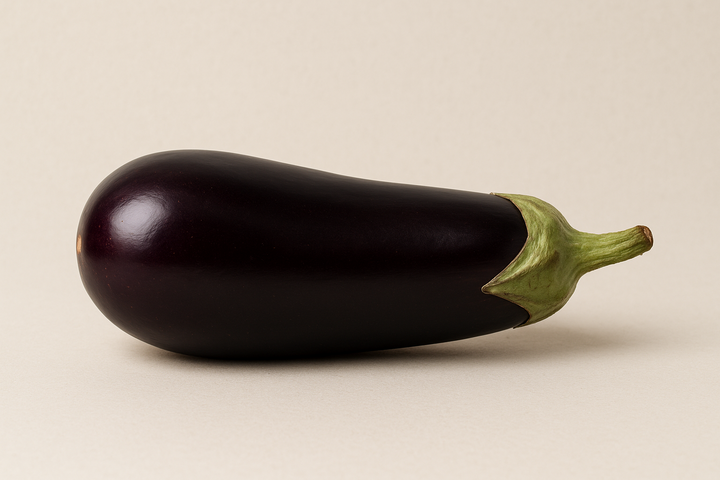Jelqing, a controversial penile enlargement technique, poses significant health risks despite its popularity. Potential side effects include nerve and vascular damage, leading to erectile dysfunction and conditions like Peyronie’s disease. Medical experts advise caution, emphasizing safer, medically validated alternatives and the importance of consulting healthcare professionals before attempting such practices.
In the pursuit of enhanced self-confidence and physical appearance, many men turn to various methods for penile enlargement. Among these, jelqing has emerged as a popular yet controversial technique. This manual exercise, which involves repeated stretching and pulling of the penis, promises increased size without the need for surgery or medication. The allure of such a simple, non-invasive method is undeniable, especially in a world where quick fixes are often sought. However, the practice of jelqing is not without its critics and potential dangers.
The Controversy Surrounding Jelqing
Despite its popularity, jelqing is enveloped in controversy, primarily due to the lack of scientific evidence supporting its effectiveness and the significant health risks it poses. Many men who embark on this journey are unaware of the potential consequences that could arise from improper technique or excessive force. Health professionals often warn against jelqing, citing the absence of clinical trials that validate its safety and efficacy. The practice is widely debated, with medical experts emphasizing the importance of understanding the risks involved before attempting such exercises.
Purpose of Exploring Jelqing’s Risks
This blog post aims to shed light on the hidden dangers associated with jelqing, providing a well-rounded perspective based on medical insights and expert opinions. By delving into the specific side effects and risks, we hope to equip readers with the knowledge needed to make informed decisions. For those considering or currently practicing jelqing, understanding these potential hazards is crucial. From nerve damage to vascular injuries, the implications of jelqing can be severe and long-lasting. Through this exploration, we seek to highlight the importance of prioritizing health and safety over unproven enhancement methods.
As we delve deeper into the practice of jelqing, it’s essential to understand not only the technique but also the potential adverse effects that come with it. Jelqing involves using a hand-over-hand motion to apply pressure along the shaft of the penis, ostensibly to increase its size over time. While this method may seem straightforward, its execution can lead to numerous unintended consequences.
Understanding the Risks of Jelqing
The physical side effects of jelqing are varied and can be severe. One of the most significant risks is nerve damage. The excessive pressure applied during jelqing can damage the delicate nerves within the penis, potentially leading to permanent erectile dysfunction. This condition can severely impact a man’s sexual health and quality of life, making it a critical consideration for anyone contemplating this practice.
Another serious concern is vascular damage. The forceful manipulation of penile tissue can cause vascular injuries, such as venous leaks and broken blood vessels. These issues not only affect the quality of erections but can also lead to long-term complications if not addressed promptly.
Moreover, aggressive jelqing can result in the formation of scar tissue. This can lead to Peyronie’s disease, a condition characterized by painful, curved erections due to fibrous plaque buildup. The development of scar tissue can restrict blood flow and affect the structural integrity of the penis, making it a significant risk factor for those who engage in jelqing.
Common Physical Side Effects
In addition to the more severe complications, jelqing can cause a range of other physical side effects. These include bruising, soreness, and skin irritation, which are often the result of friction and aggressive handling. Some practitioners also report numbness, which can diminish sexual sensation and pleasure.
These side effects highlight the importance of understanding the potential harm that jelqing can cause. While some may experience temporary discomfort, others may face long-lasting damage that affects their overall sexual health and well-being.
Medical and Expert Opinions
Medical professionals largely discourage the practice of jelqing due to the lack of scientific evidence supporting its effectiveness and the potential for harm. No high-quality clinical trials have validated jelqing as a safe or effective method for penile enlargement. Consequently, many health experts advise against it, emphasizing the need for caution and medical consultation.
Authoritative sources such as WebMD and Weill Cornell Medicine have issued warnings about the risks of jelqing. They highlight the potential for lasting harm and the lack of proven benefits, urging individuals to seek safer, medically endorsed methods for penile enhancement.
In conclusion, while the promise of non-surgical penile enlargement may be tempting, the risks associated with jelqing are significant and should not be overlooked. Understanding these potential side effects is crucial for anyone considering this practice. Ultimately, prioritizing health and safety over unproven enhancement methods is essential for maintaining sexual health and overall well-being.
When exploring the practice of jelqing, it’s crucial to weigh anecdotal claims against scientific evidence. Many individuals share personal stories of success, but these accounts lack the rigorous validation that scientific studies provide. Currently, there is no substantial scientific evidence supporting the effectiveness of jelqing in increasing penile size. Medical experts often highlight that the perceived benefits are largely anecdotal and caution against relying on such methods without clinical backing.
Exploring Alternatives and Safety Precautions
For those still considering jelqing, it’s vital to approach the practice with caution. Implementing safety measures can help mitigate some risks, although they cannot eliminate them entirely. Using lubrication can reduce friction and skin irritation, while applying moderate pressure may decrease the likelihood of nerve and vascular damage. It’s also advisable to avoid full erections during the exercise and limit the frequency of sessions to prevent overexertion.
Despite these precautions, the potential for harm remains significant. Therefore, consulting a healthcare professional before attempting jelqing is highly recommended. They can provide personalized advice and discuss safer, medically endorsed alternatives. One such alternative is the use of penile traction devices, which have shown some promise in clinical studies for modest size improvements, particularly in managing conditions like Peyronie’s disease.
Conclusion: Prioritizing Health and Safety
Understanding the risks associated with jelqing is crucial for making informed decisions about penile enhancement methods. The allure of non-surgical solutions can be tempting, but the potential for lasting harm often outweighs the unproven benefits. Emphasizing health and safety is paramount, and exploring safer, medically validated options is advisable. Consulting with medical professionals can provide valuable insights and guidance tailored to individual needs, ensuring that any chosen method prioritizes overall well-being.
Frequently Asked Questions
Is jelqing effective for increasing size?
There is no scientific evidence supporting jelqing’s effectiveness in increasing penile size. Medical experts generally do not recommend it.
What are the most common side effects of jelqing?
Common side effects include bruising, soreness, skin irritation, and potential nerve and vascular damage leading to erectile dysfunction.
Can jelqing cause permanent damage?
Yes, jelqing can cause permanent damage, such as nerve damage and scar tissue formation, which may result in conditions like Peyronie’s disease.
Are there safer alternatives to jelqing?
Yes, penile traction devices have shown some promise in studies for modest size improvements and are considered safer when used correctly under medical supervision.
Should I consult a doctor before trying jelqing?
Absolutely. Consulting a healthcare professional is crucial to understanding the risks and exploring safer alternatives for penile enhancement.




